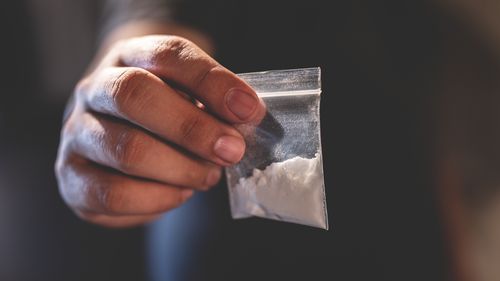Australia’s consumption of four illicit drugs has increased by a significant amount, the latest wastewater testing has revealed.
The Australian Criminal Intelligence Commission’s (ACIC) latest wastewater report revealed that 22.2 tonnes of methylamphetamine, cocaine, heroin and MDMA were consumed between August 2023 to August 2024.
The results indicate a 34 per cent increase from previous years, driven by a massive increase in the consumption of illicit drugs.

There was a 21 per cent increase in methylamphetamine usage, a 69 per cent increase in cocaine usage, a 49 per cent increase in MDMA usage and a 14 per cent increase in heroin usage.
ACIC’s annual survey covers 57 per cent of the country’s waterways, with the goal of monitoring national drug use.
They screen for methylamphetamine, amphetamine, cocaine, 3,4-methylenedioxymethylamphetamine (MDMA), 3,4-methylenedioxyamphetamine (MDA), heroin, cannabis, oxycodone, fentanyl, nicotine, alcohol, and ketamine.

ACIC CEO Heather Cook estimated the drugs detected had a total street value of $11.5 billion, with methylamphetamine accounting for $8.9 billion.
“The 2.2 tonne increase in national meth consumption is concerning because 12.8 tonnes is the highest annual level recorded by the program and the drug causes significant community harm,” Cook said.
“Similarly, there has been a large increase in national cocaine consumption, also to the highest annual level recorded by our wastewater program.”
This is the first time that cocaine, heroin and meth have been consumed at record-high levels simultaneously since the wastewater screening program began.
Alcohol and nicotine were the most consumed legal drugs.
Alcohol usage increased while nicotine usage decreased.
The report also found that cannabis was the most consumed illicit drug.
There were higher consumption rates of marijuana in regional areas compared to metropolitan areas.







